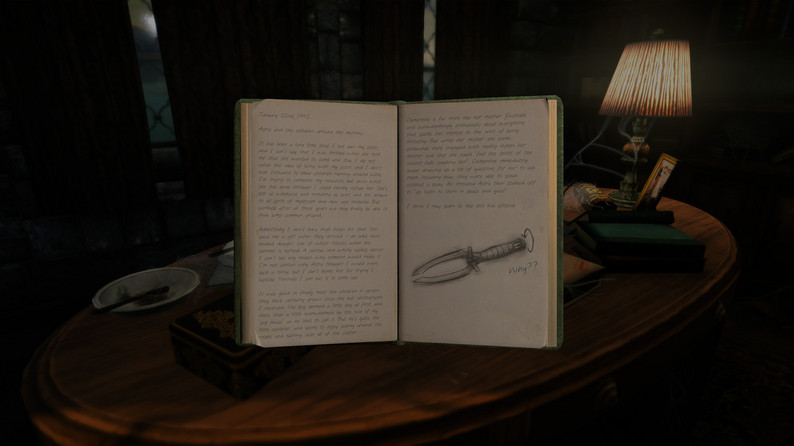

Rabbits stay just on their toes when moving this is called Digitigrade locomotion. Hares, which have longer legs than cottontail rabbits, are able to move considerably faster. Longer hind limbs are more capable of producing faster speeds. This allows them to produce their hopping form of locomotion. The hind limbs of the rabbit are longer than the front limbs. The tibia and fibula articulate with the tarsals of the pes, commonly called the foot. The femur articulates with the tibia, but not the fibula, which is fused to the tibia. Like most land mammals, the round head of the femur articulates with the acetabulum of the os coxae. These bones are created through endochondral ossification during development.

The bones of the hind limbs consist of long bones (the femur, tibia, fibula, and phalanges) as well as short bones (the tarsals). The anatomy of rabbits' hind limbs are structurally similar to that of other land mammals and contribute to their specialized form of locomotion. It displays all of the skeletal articulations of rabbit's hind limbs. This image comes from a specimen in the Pacific Lutheran University natural history collection. New England cottontail, Sylvilagus transitionalis.Mountain cottontail, Sylvilagus nuttallii.San Jose brush rabbit, Sylvilagus mansuetus.Omilteme cottontail, Sylvilagus insonus.Tres Marias rabbit, Sylvilagus graysoni.Eastern cottontail, Sylvilagus floridanus.

Mexican cottontail, Sylvilagus cunicularis.Desert cottontail, Sylvilagus audubonii.Central African Rabbit, Poelagus marjorita.Amami rabbit/Ryūkyū rabbit, Pentalagus furnessi.Annamite striped rabbit, Nesolagus timminsi.Sumatran striped rabbit, Nesolagus netscheri.The word rabbit itself derives from the Middle English rabet, a borrowing from the Walloon robète, which was a diminutive of the French or Middle Dutch robbe. A group of baby rabbits produced from a single mating is referred to as a litter and a group of domestic rabbits living together is sometimes called a herd. More recently, the term kit or kitten has been used to refer to a young rabbit.Ī group of rabbits is known as a colony or nest (or, occasionally, a warren, though this more commonly refers to where the rabbits live). Another term for a young rabbit is bunny, though this term is often applied informally (particularly by children) to rabbits generally, especially domestic ones. An older term for an adult rabbit used until the 18th century is coney (derived ultimately from the Latin cuniculus), while rabbit once referred only to the young animals. With its widespread effect on ecologies and cultures, the rabbit is, in many areas of the world, a part of daily life-as food, clothing, a companion, and a source of artistic inspiration.Īlthough once considered rodents, lagomorphs like rabbits have been discovered to have diverged separately and earlier than their rodent cousins and have a number of traits rodents lack, like two extra incisors.Ī male rabbit is called a buck a female is called a doe. The European rabbit, which has been introduced on every continent except Antarctica, is familiar throughout the world as a wild prey animal and as a domesticated form of livestock and pet. Sylvilagus includes 13 wild rabbit species, among them the seven types of cottontail. Oryctolagus cuniculus includes the European rabbit species and its descendants, the world's 305 breeds of domestic rabbit. Rabbits, also known as bunnies or bunny rabbits, are small mammals in the family Leporidae (which also contains the hares) of the order Lagomorpha (which also contains the pikas).


 0 kommentar(er)
0 kommentar(er)
